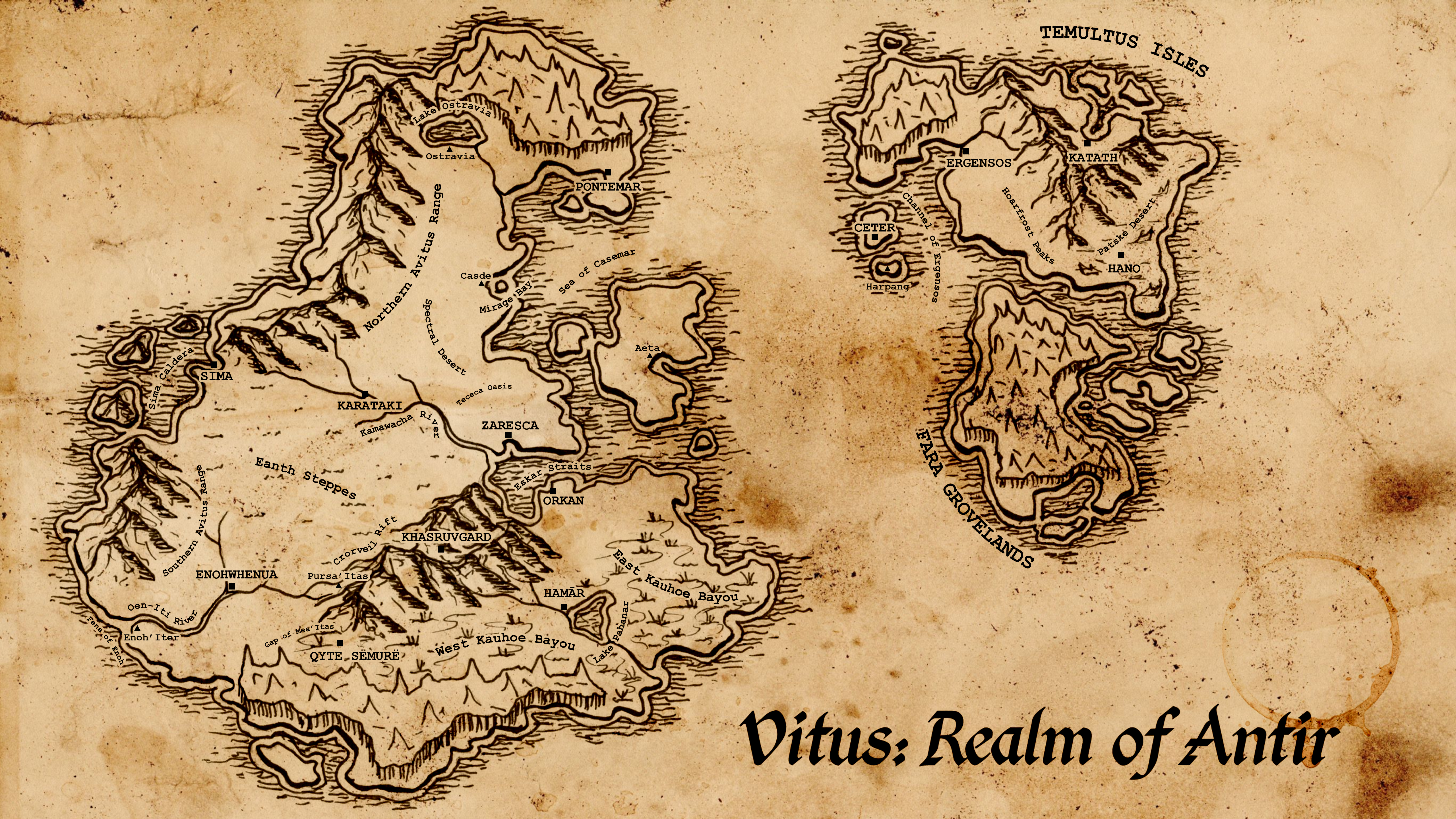Arbacoral
These huge pseudo-coral appear like giant versions of normal stony coral, forming underwater trees and forests. There is a large range in diversity, though their habitats are limited and sparse.
All known forms of Arbacoral are stony coral, not soft. They all have a skeleton of biocomposite, consisting of some form of calcium carbonate and a specialised version of cellulose, akin to that of land trees. They appear no deeper than 100 metres below the surface, at their bases, and can grow up to 60-80 metres on average, though this again varies according to the specific species.
These gargantuan forests provide refuge and safety, and if managed can produce enormous quantities of food, both from the fish and the edible corals themselves. This is what primarily sustains Sima.
In the Arbacoral forest that surrounds Sima, two species are prominent; the Tendril Arbacoral and the Kitesail Arbacoral. The Tendril species have a central "trunk", that will have hundreds of thin, vertical branches that cover its surface, protruding from the main trunk. These thin branches contain both long leaves (like those of kelp), as well as many small polyps, both of which are safe to eat. They can reach heights of 75 metres. The Kitesail species instead have a large roughly spherical base, that appears like a mossy boulder, usually 2 or 3 metres in diameter. Attached to this "boulder" are long strands, usually around 10-20 in a clump at the top. These strands extend between 10 and 60 metres, and end in a single large pad, much like a lilypad. The "moss" that covers the base is actually thousands of tiny stingers, similar to a sea anemone, and they have a potent venom, making them inedible. The strands however are covered in small polyps and filter feeders. Whilst these polyps and strands are edible, the harvesting of them causes the death of the entire Kitesail, so they are not farmed.
Scientific Name
Immanis Corallium
Geographic Distribution



Comments